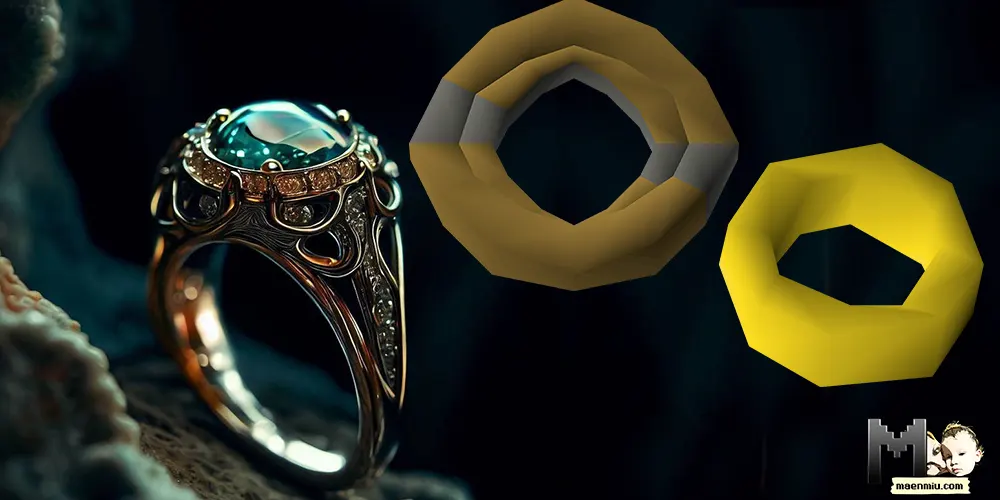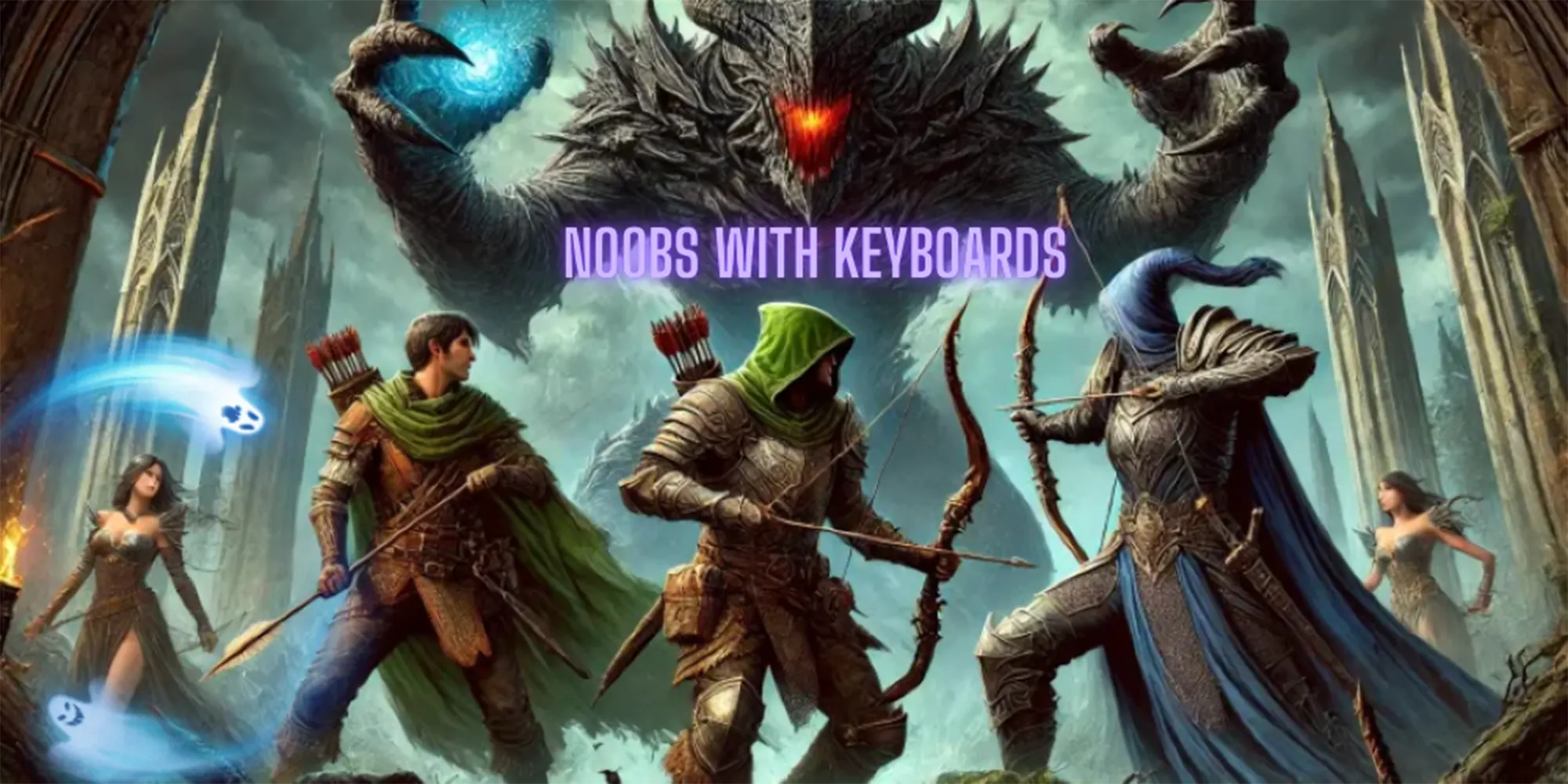
In the deep wells of mythology and fantasy gaming lore, rings often hold significant powers and roles. The effects these rings confer to their wearers, combined with the linguistic significance of their names, paint a rich tapestry of meanings and values. Among these intriguing accessories, the Ring of Charos from Old School RuneScape (OSRS), the Ring of Visibility, also from OSRS, and the Ring of Gyges from ancient Greek mythology stand out, each offering unique abilities and insights into the cultures from which they originate.
You might like

Ring of Charos
Named after Charos, a legendary figure renowned for his charisma and persuasive abilities in the RuneScape world, the Ring of Charos is a symbol of charm and influence. It gives the wearer the power to persuade, thereby offering new dialogue options with Non-Player Characters (NPCs). Its linguistic roots can be traced back to the name “Charos”, which bears phonetic similarity to “Charisma”, an English term derived from the Greek “kharisma”, meaning favour or divine gift. As such, the Ring of Charos embodies the gifting of divine favour in the form of persuasive skills.
Ring of Visibility
Also from the world of OSRS, the Ring of Visibility has the ability to reveal things usually hidden from the naked eye. This power echoes the metaphysical concept of insight and revelation, a glimpse into the unseen. Linguistically, the term “visibility” is derived from the Latin term “visibilitas”, implying the capability to see or the state of being seen. Therefore, this ring is a symbol of revelation and understanding, potentially unveiling hidden truths to the bearer.
Ring of Gyges
In the tale penned by the ancient Greek philosopher Plato, the shepherd Gyges discovers a ring that grants him the power of invisibility, sparking a profound moral discourse on power and justice. Linguistically, the term “Gyges” in ancient Greek might be associated with “Gygēs”, the name of a historical king of Lydia known for his wealth and power. The Ring of Gyges then could symbolize not just invisibility, but the underlying temptation towards unchecked power and moral corruption.
Cross-Comparison
While the three rings differ in their abilities – persuasion for Charos, revelation for Visibility, and invisibility for Gyges – they share a common theme: the idea of influence and control over the world and others.
The Ring of Charos manipulates through charm and persuasion, often bringing about peaceful outcomes. The Ring of Visibility provides control over one’s perception, influencing what the user can see and know. The Ring of Gyges, in its invisibility, gives a more literal form of control, enabling actions without accountability, a darker side of power.
Linguistically, all three ring names derive from words that represent their powers, providing a meaningful insight into their origins and the cultures they represent. From the Greek roots of Charos and Gyges to the Latin origins of Visibility, language encapsulates the essence of these rings’ abilities.
The Ring of Charos from Old School RuneScape and the Ring of Gyges from Greek mythology share a profound similarity as both provide their wearers with unique forms of influence and control over others. The former empowers its user with persuasive abilities, while the latter, through the granting of invisibility, offers unrestrained action without fear of repercussions. This thematic resonance underlines their similarity, positioning them as symbols of power and control within their respective universes.
In contrast, while the Ring of Charos and the Ring of Gyges are tools for external influence, the Ring of Visibility, also from Old School RuneScape, stands as their opposite. Instead of facilitating manipulation of the world or others, it enhances the user’s internal perception, allowing them to reveal what is ordinarily hidden. This shift from external control to internal revelation makes the Ring of Visibility an emblem of insight and understanding, distinguishing it from its counterparts and providing a counterpoint to their narratives of power and control.
Final thoughts
In conclusion, these rings serve as more than simple power-ups or plot devices; they are symbols and metaphors, brimming with cultural, linguistic, and philosophical implications. They challenge us to think about power, morality, and knowledge, inviting us to delve deeper into the narratives they originate from and the potential narratives they could create. Whether it be in the mythical past of ancient Greece or the virtual realms of RuneScape, these rings extend their influence beyond their realms, reaching into our perceptions of power, truth, and persuasion.
I created this article with the partial assistance of an AI tool. Learn about my view on AI and why I’m telling you about it.




















